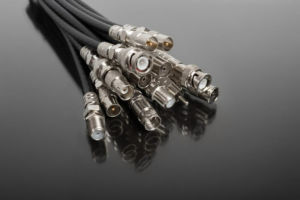In the intricate web of modern connectivity, Network Cable stand as the silent heroes, weaving together the digital landscape that defines our daily lives.Among these lifelines, the evolution from Cat5e to the promising realm of Cat8 unveils a journey of innovation and enhanced performance.
Cat5e: Pioneering Enhanced Connectivity
At the heart of many home and office networks lies Cat5e, the stalwart of connectivity. With its impressive bandwidth and transmission speed of up to 1000 Mbps, Cat5e takes the lead, ensuring smooth data transmission in everyday networking operations. Its superiority over its predecessor, Cat5, lies in its ability to minimize signal interference effectively, making it a preferred choice for various networking needs.
Cat6a: Elevating Performance to New Heights
Cat6 network cable supports higher frequencies and bandwidths, up to 10 Gbps (gigabits per second) transmission rate. It has lower signal loss and better anti-interference ability, enabling high-speed data transmission over longer distances. Therefore, Cat6 network cables are often used in network environments that require higher speeds and strong anti-interference performance, such as data centers, enterprise networks, and demanding home networks.
Cat7: Fortifying Against Interference
Cat7 network cable uses a four-pair shielded twisted pair (S/FTP) structure. Each pair of wires is surrounded by a metal shielding layer and an overall metal sheath. This shielding structure allows Cat7 to better prevent electromagnetic interference and provide excellent signal protection and anti-interference performance.
Cat8: Unleashing the Next Frontier
The Cat8 standard is expected to support higher frequencies and bandwidths,
with maximum transmission rates potentially reaching 25 or 40 Gbps (gigabits per second).
Learn More:What Are the 4 Types of Network Cables?





